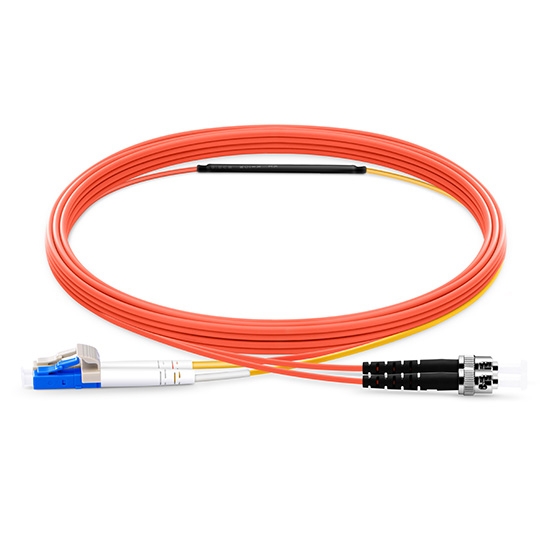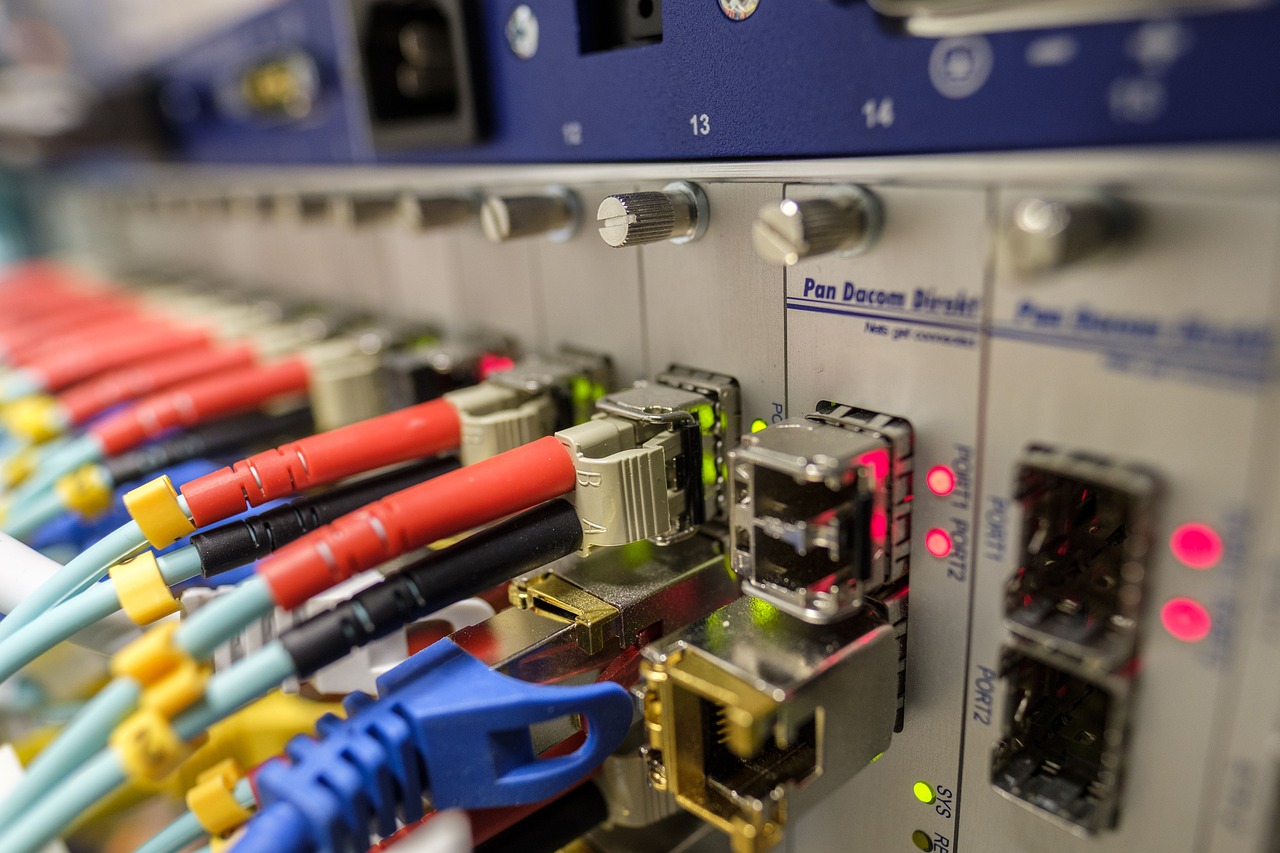The Best 1m LC to ST OM2 Mode Conditioning Fiber Optic Patch Cable

Understanding the Basics of Fiber Optic Technology
Fiber optic communication is truly special due to its reliance on light for data transmission. Unlike traditional copper cables, which use electrical signals, fiber optic cables utilize light pulses to carry information. This unique approach allows for faster and more reliable data transfer, making it a preferred choice in modern communication networks.
Key components of a fiber optic network include transmitters and receivers, which are responsible for encoding and decoding the optical signals. Additionally, the network relies on various types of optical fibers, such as single-mode and multimode fibers, each suited for specific applications based on their unique properties.
A Closer Look at the 1m LC to ST OM2 Mode Conditioning Fiber Optic Patch Cable
When it comes to the 1m LC to ST OM2 mode conditioning fiber optic patch cable, understanding its specifications is crucial for making informed decisions in network design and implementation.
Breaking Down the Specifications: LC, ST, and OM2
LC Connectors: Small but Mighty
The LC connectors are known for their compact size and high performance. Their small form factor makes them ideal for high-density applications where space is limited. Despite their size, they offer exceptional reliability and ease of use, making them a popular choice in modern fiber optic networks.
ST Connectors: Secure and Reliable
In contrast, ST connectors are recognized for their robustness and secure connections. They feature a bayonet-style coupling mechanism that provides a stable and reliable connection, minimizing the risk of signal loss or interruption. This makes them well-suited for critical network links where stability is paramount.
OM2 Fiber: The Backbone of High-Speed Data Transmission
The OM2 fiber within the patch cable plays a pivotal role in facilitating high-speed data transmission. With its optimized bandwidth and enhanced performance in multimode applications, OM2 fiber ensures efficient data transfer over short to medium distances within the network infrastructure.
The Significance of Mode Conditioning in Fiber Optic Networks
Solving Multimode Challenges with Mode Conditioning
Mode conditioning is essential for addressing challenges associated with multimode fiber optics, such as modal dispersion. By implementing mode conditioning techniques, the cable helps mitigate these challenges by optimizing signal quality and reducing potential distortion.
Enhancing Signal Quality and Network Reliability
Moreover, mode conditioning significantly enhances signal quality by minimizing modal dispersion effects. This leads to improved network reliability, especially in scenarios where multimode fibers are utilized extensively.
Why the LC to ST OM2 Patch Cable Stands Out
Comparing LC to ST OM2 With Other Patch Cables
When comparing the LC to ST OM2 patch cable with other standard patch cables, it becomes evident that it offers significant performance benefits. The utilization of OM2 fiber in this patch cable enhances its capability to support high-speed data transmission, making it stand out in terms of efficiency and reliability. Additionally, the combination of LC and ST connectors provides unique advantages in specific network setups, offering versatility and compatibility across various network configurations.
Making the Right Choice for Your Fiber Optic Network
In order to make the right choice for your fiber optic network, several considerations come into play. Firstly, network design and future-proofing are crucial aspects to evaluate when selecting the ideal patch cable. The compatibility and quality of the chosen components also play a pivotal role in ensuring the long-term health and performance of the network. By prioritizing these factors, network administrators can make informed decisions that align with their specific requirements and contribute to an optimized fiber optic infrastructure.
See Also
Enhance Your Network with Tailored Duplex Multimode Fiber Optic Cables
Top-Notch Singlemode Fiber Optic Cables with LC/UPC Connectors
Options for Bend-Insensitive Single Mode Fiber Optic Cables
Exploring Top-Notch High-Speed Data Transmission Fiber Optic Cables
Unleashing the Power of 10G SFP+ Passive Direct Attach Copper Cables


